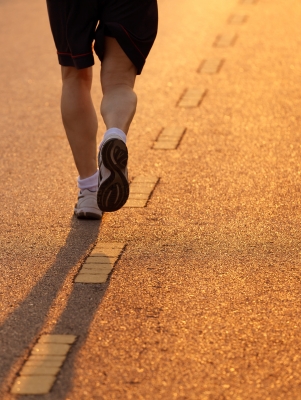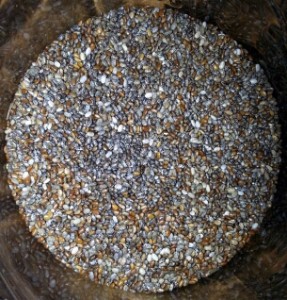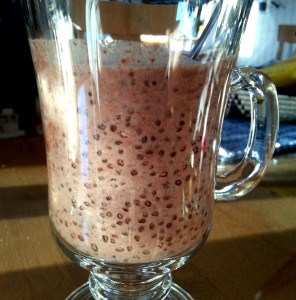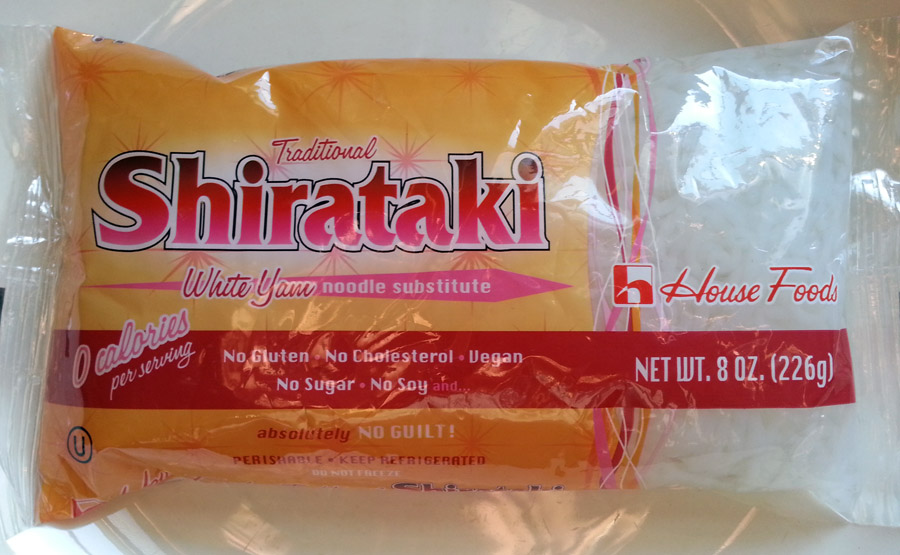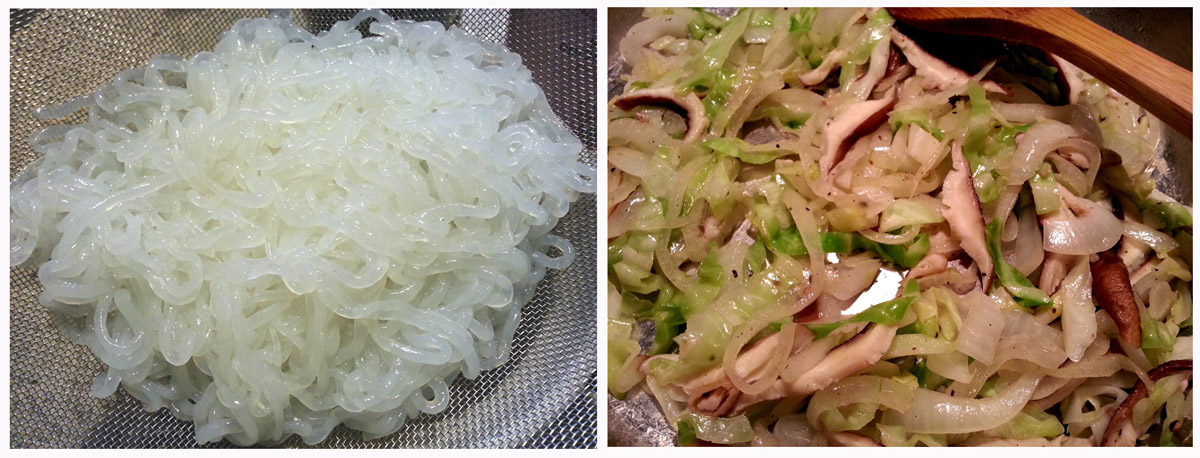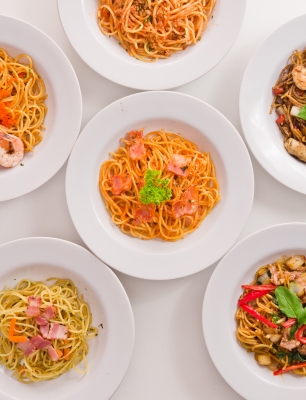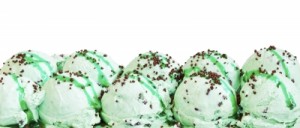
Courtesy of -Marcus-
Does this sound familiar? You wake up in the morning ready for a day of healthy eating. You eat a small bowl of cereal or a slice of toast for breakfast, or grab a banana and head off to work. Lunch rolls around and you sip on a cup of soup or eat a vegetable salad – and all is well. By 3 or 4 o’clock, though, you’re suddenly craving chocolate, you stop to pick up a pizza on your way home from work, you graze while you’re cooking dinner, or after dinner, you polish off a pint of ice cream.
If any of these situations sound like you, you’re not alone. So many people I talk with begin their day with good intentions and end it forgetting all about them – over and over again. Although there are many factors that can play into this scenario, one has to do with our bodies’ natural cycle of brain chemicals like serotonin that’s functions in appetite control, depression and anxiety relief, pain tolerance, and sleep.
For example, in the morning, levels of your ‘feel good’ neurotransmitter serotonin are high and as the day progresses, they begin to dip. And so by the afternoon, if you’ve depleted your supply without replenishing it, your cravings will begin – for foods like ice cream and chocolate, or a bowl of cereal with milk, or a gooey cheese pizza. Why? Because dairy (and cacao) is a good source of protein, and specifically tryptophan, the building block of serotonin.
As you’re probably well aware by now, though, concentrating these heavy, fatty foods later in the day will not only pack on the pounds, it will disrupt your sleep, impact your digestion, and ultimately lead to more serious health issues. And if you’re like many people who have inherited less serotonin-making capabilities, then you’re much more sensitive to a diet that hinders its production.
If you suspect this is you, then here are some dietary/lifestyle habits that may help maintain your serotonin levels:
Eat regular meals that include protein. If you’re skipping breakfast or lunch, or going light on them, you’re probably not getting enough protein during the day. In addition, in most protein sources, tryptophan is low compared to other amino acids and in plant proteins, it’s levels can be up to ten times lower per serving than in animal proteins.
Even with animal proteins, wild game and animals that are raised on their natural food sources (like grass-fed beef) are higher in tryptophan than animals raised on corn so making the shift to cleaner sources of meat, fish, eggs, and dairy can help. Some of the plant sources of tryptophan include legumes like beans and lentils, nuts and seeds, leafy greens, whole grains, bananas, winter squashes and sweet potato. This page provides a list of a variety of tryptophan sources.
Include healthy fats in your meals. Fat helps tryptophan become available to the brain so it’s important to include it at every meal. Foods like avocados, nuts, seeds, olive oil are all sources of healthy fats to include regularly. In one study, researchers found that decreasing fat in people’s diets correlated with increases in low serotonin symptoms like anger and hostility.
Cut back on caffeine and artificial sweeteners. If you’re beginning your day with a cup of coffee, you’re working against your serotonin stores early since as a stimulant, caffeine works in exactly the opposite way of serotonin’s calming capabilities. In addition, according to Julia Ross in The Mood Cure, the artificial sweetener aspartame can also have an overstimulating effect because one of it’s components, the amino acid phenylalanine converts to the stimulants tyrosine, dopamine, norepinephrine, and adrenaline. And it’s second component, the amino acid aspartic acid is also highly excitatory.
Eliminate sugar and refined carbohydrates that are naturally low in tryptophan and wreak havoc on your blood sugar and insulin levels that also promotes stress in the body and interferes with your good mood!
Get regular exercise because it increases oxygen in the body, which is important for serotonin production in the brain. It also helps divert amino acids necessary for muscle building and repair to the muscles, freeing up some of the competition from tryptophan for crossing the blood brain barrier (remember, its supply is already low compared to other amino acids in dietary protein). In fact, regular exercise helps to balance all brain chemicals naturally. The important point here is ‘regular’ exercise because like everything else, it’s benefits are temporary.
If after trying these strategies, you still suspect your serotonin levels are still low, there are additional supplements that can be taken, even temporarily to help raise them. Contact me for more information and we can determine if you’re a candidate for them.


